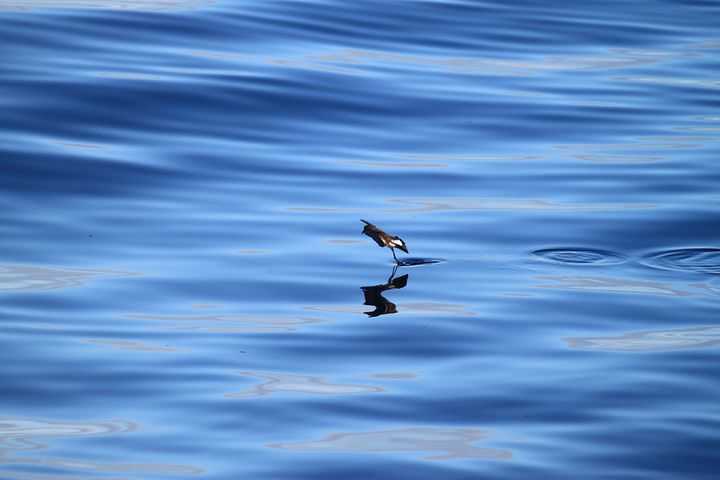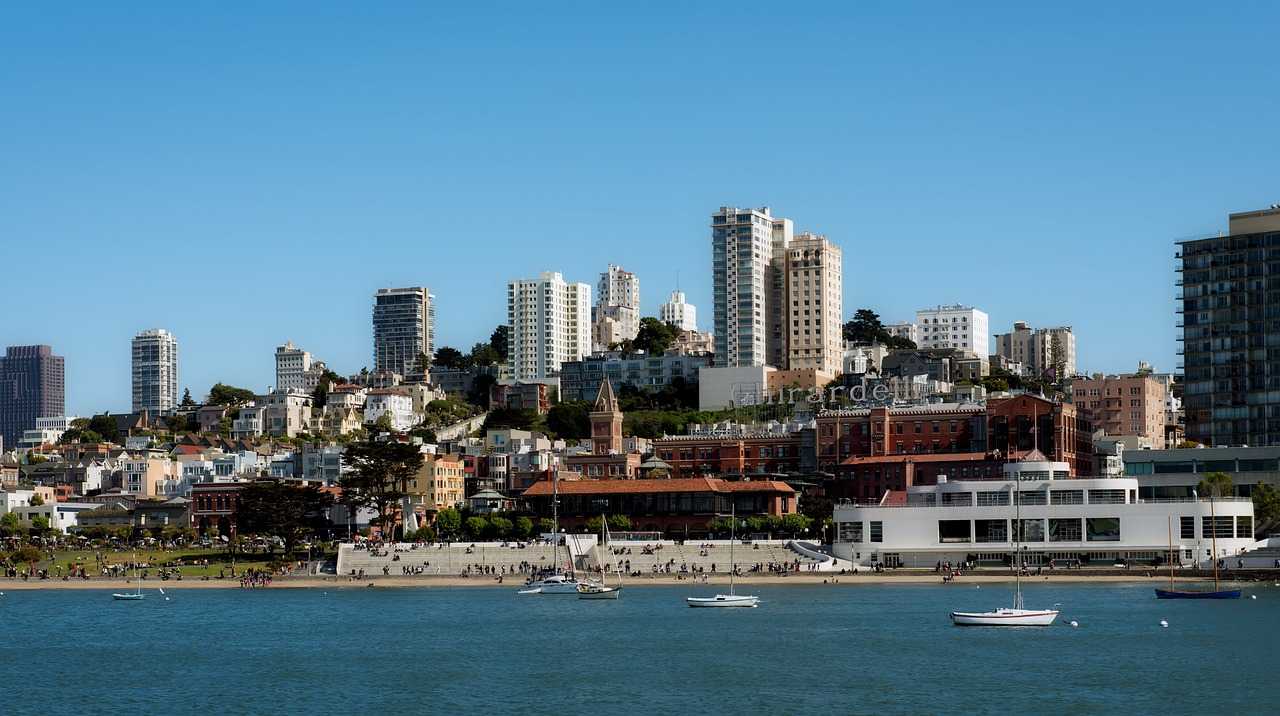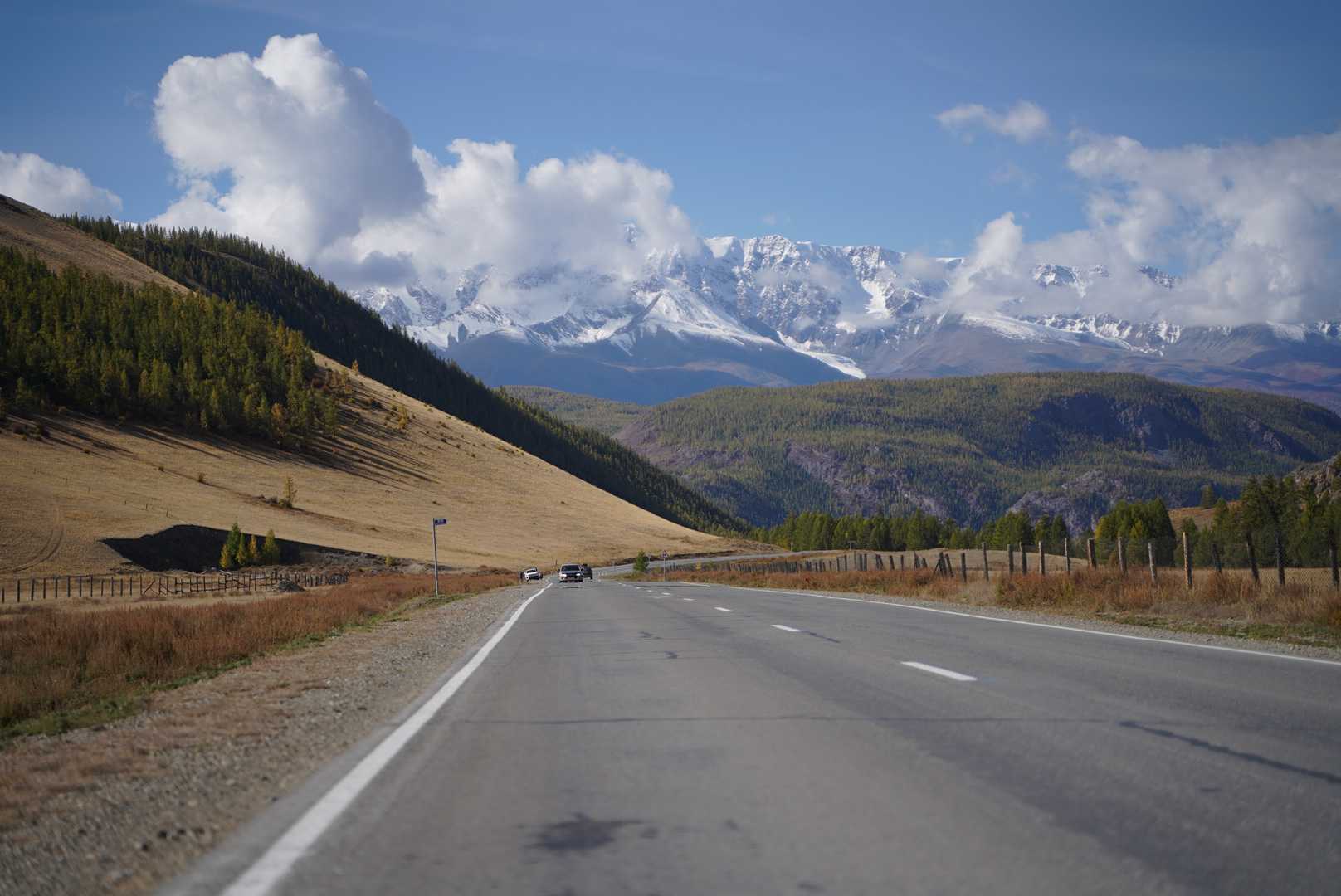Birds At Sea: Stormy Petrels
Arun Bhatia dips into his vast archive of life experiences to bring us a slice-of-life story from the Queen Elizabeth luxury liner in 1952.
Back in the summer of 1952, on board the 8,3000-ton luxury liner Queen Elizabeth in the mid-Atlantic, two nights after we had left Southampton, I overheard one of the ship’s crew. His tense voice was in a private conversation: “…aye…boy from the cabin class it was that killed it; don’t know the boy’s weapon…”
Another seaman, also in uniform, said: “Aw, just a .22 air rifle…Mother Carey’s chickens fly right along with us, easy targets they are, come to think of it…”
Then came another voice: “Who’d ever think of sniping one of them…I don’t like it; I don’t like it at all.”
There was distinct fear in those voices. They were moans, really, full of dread. The sailors became aware of my presence and stopped talking, and dispersed. But elsewhere on board, the other seamen looked as though they were afraid, too. There was a pall of gloom. I tried to find out more about how a chicken could fly right along our ship, be shot by a .22 air rifle, and why seamen should be tense in the mid-Atlantic because of it. There was a library on board, and the librarian, a kindly bald Englishman, had some answers for me.

It turned out that even on a luxury liner like Queen Elizabeth, seamen were seamen, prone to the same superstitions that have been with them for generations. Mother Carey’s chickens is the name given to the small oceanic birds called petrels, the more commonly known among them being the storm-petrels, which are seen especially during wild weather in the Atlantic. They paddle along the surface of the waves, fly rapidly, and when in pursuit of food, they suspend themselves by extending their wings and appear to run on the surface of the water.
The Apostle Peter walked on water, and after him, they were called petrels (“little Peters”). “Mother Carey” is the Anglicized Latin Mater Cara (“Dear Mother,” an appellation of the Virgin Mary.) Seamen consider the very appearance of these birds to presage a storm, hence the name “storm petrels.”
It is thought particularly unlucky to kill one of them.
After finding out that much, I went on deck, hoping to see some. The nippy ocean wind tingled my cheeks, the occasional sea spray added to the cold on deck, and I hugged my overcoat tightly around me. It was a marvellous sight, indeed, when I spotted some petrels: They are pretty little birds with white rumps and plover-like legs. They were skimming the surface of the water, easily keeping up with our ship’s speed, and they never seemed to tire. Contrary to superstition, there was no storm.
But as I walked on deck, I spotted a seasick teenage boy looking green with nausea, heaving, often bending double, retching by the side of the ship.
He was clutching a .22 rifle in his unsteady hand.
Cover image: Wikimedia Commons
Calling our Members to Write for Us!
Silver Talkies Members get a unique chance to get published with us. We welcome travelogues, family recipes, memoirs, oral history accounts, short stories, poems, humour and personal essays, tips on living well and if you are a qualified subject matter expert, then your thoughts on your chosen topics as well. Email us at connect@silvertalkies.com to know more!
Comments







Post a comment